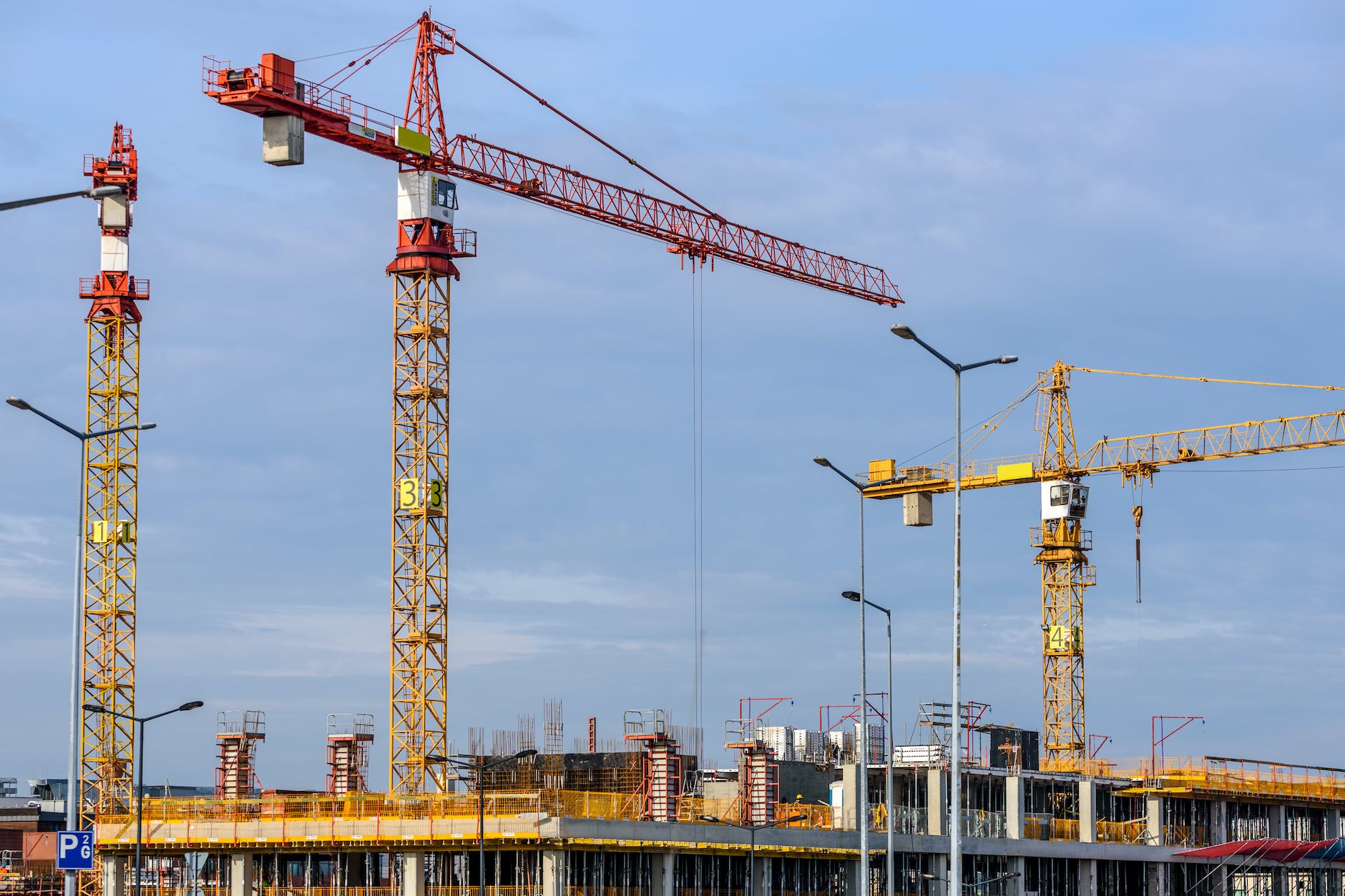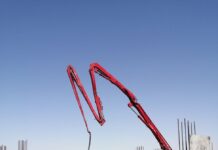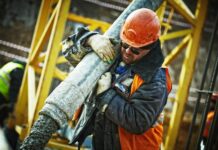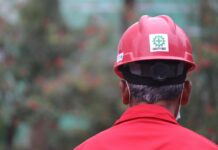
Big Four Construction Hazards
Big Four Construction Hazards : Construction is an industry known for its vital role in building the world around us. While it is undoubtedly essential, it’s also one of the most hazardous sectors to work in. This article aims to shed light on the “Big Four Construction Hazards” that pose significant risks to construction workers’ safety and well-being. We will explore each of these hazards, their definitions, examples, and preventive measures.
Understanding Construction Hazards
Safety in the construction industry is of paramount importance. It’s not just about building structures but ensuring the lives of the people involved are safeguarded. Understanding construction hazards is the first step towards achieving this.
The Big Four Construction Hazards
Fall Hazards
One of the most prevalent dangers in construction is falling from heights. This hazard includes situations where workers can tumble from elevated platforms, ladders, roofs, or scaffolding. Examples of fall hazards encompass unsecured edges, missing guardrails, and unstable working surfaces.
To mitigate fall hazards, employers should implement safety measures such as guardrails, personal fall arrest systems, safety nets, and regular equipment inspections.
Struck-By Hazards
Struck-by hazards occur when construction workers are hit by objects, machinery, or equipment. These accidents can result from flying debris, swinging cranes, or vehicles on the construction site. Vigilance and awareness are crucial in preventing struck-by incidents.
Safety measures include wearing high-visibility clothing, maintaining clear communication, and establishing no-entry zones around operating heavy machinery.
Caught-In or Between Hazards
Caught-in or between hazards involve workers getting trapped or compressed between objects or equipment. This can occur during trenching, excavation, or even when working with heavy machinery. Awareness and following safety guidelines are essential in preventing these hazards.
Preventive measures include using trench protective systems, ensuring equipment safety features are functional, and following confined space protocols.
Electrocution Hazards
Electrocution hazards are prevalent in construction, especially when workers come into contact with live wires or electrical equipment. Electrocution can have severe consequences, including fatal injuries.
Prevention includes proper electrical safety training, identifying electrical hazards, and implementing lockout/tagout procedures.
Importance of Safety Training
Proper safety training is key to preventing these hazards. Construction workers should be educated about the potential dangers they might face and how to mitigate them. Employers should provide regular safety training programs to ensure everyone on the site is well-prepared.
The Role of Personal Protective Equipment (PPE)
Personal Protective Equipment (PPE) plays a crucial role in construction safety. Workers should be equipped with helmets, gloves, high-visibility vests, and other necessary protective gear. Using the right PPE can significantly reduce the risk of injury.
Regulations and Standards
Governments and organizations worldwide have established regulations and safety standards to ensure construction sites are safe environments. Compliance with these standards is mandatory to prevent accidents and protect workers.
Promoting a Safe Construction Environment
Creating a culture of safety is essential in the construction industry. Encouraging workers to report unsafe conditions, conducting regular safety inspections, and addressing safety concerns promptly can lead to a safer work environment.
Conclusion
The “Big Four Construction Hazards” are ever-present risks in the construction industry. Understanding these hazards and taking preventive measures is essential to protect the lives of construction workers. By prioritizing safety training, personal protective equipment, and regulatory compliance, the construction industry can significantly reduce the occurrence of accidents and ensure a safer workplace.
Construction Safety Toolbox Talk Meeting
How Many Insurance Policies are Required in Construction?
Construction Safety Basic Knowledge
Frequently Asked Questions
- What are the “Big Four Construction Hazards”?
- The “Big Four Construction Hazards” are fall hazards, struck-by hazards, caught-in or between hazards, and electrocution hazards.
- How can I prevent fall hazards on a construction site?
- Preventing fall hazards involves using safety measures such as guardrails, personal fall arrest systems, safety nets, and regular equipment inspections.
- What is Personal Protective Equipment (PPE) in construction?
- PPE in construction includes gear like helmets, gloves, high-visibility vests, and other protective items that workers should wear to reduce the risk of injury.
- Are there specific regulations for construction safety?
- Yes, governments and organizations have established regulations and safety standards for construction to ensure safe working conditions.
- How can I promote a culture of safety on a construction site?
- Promoting safety involves encouraging workers to report unsafe conditions, conducting regular safety inspections, and addressing safety concerns promptly.

























Many thanks
Your Most Welcome!